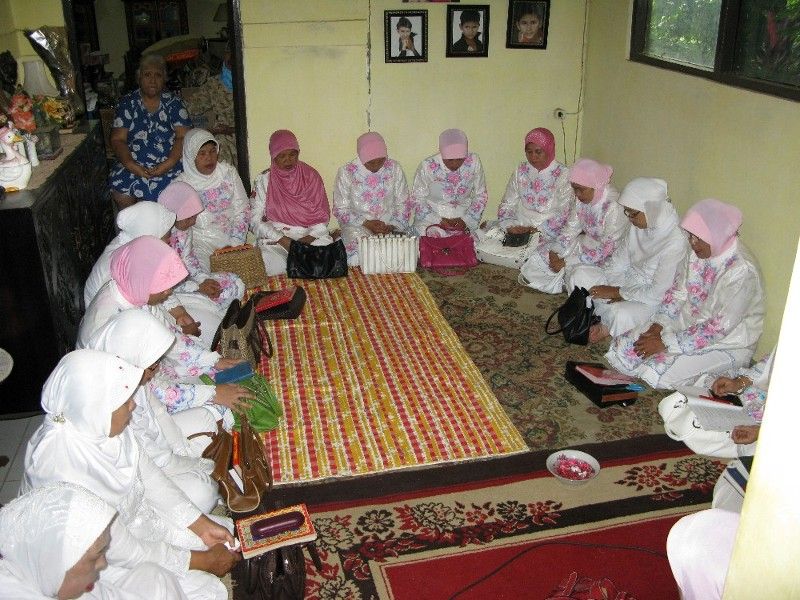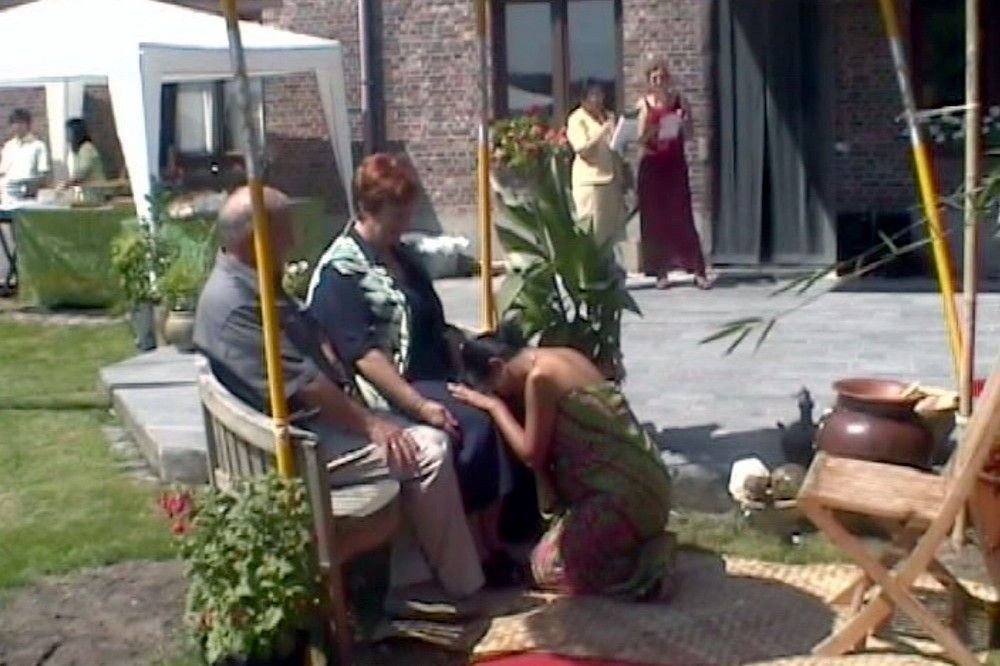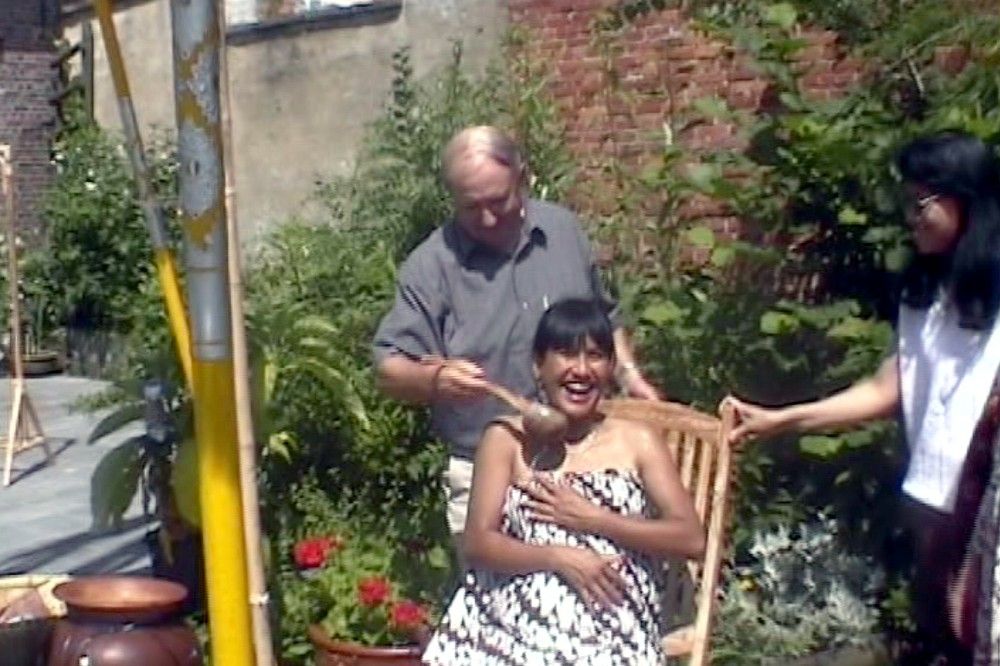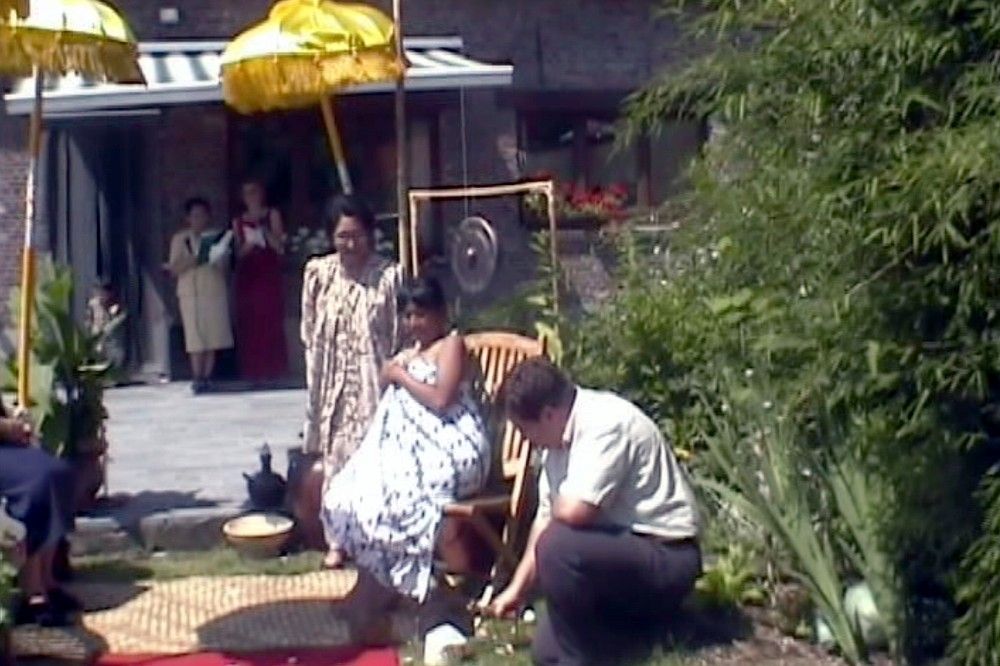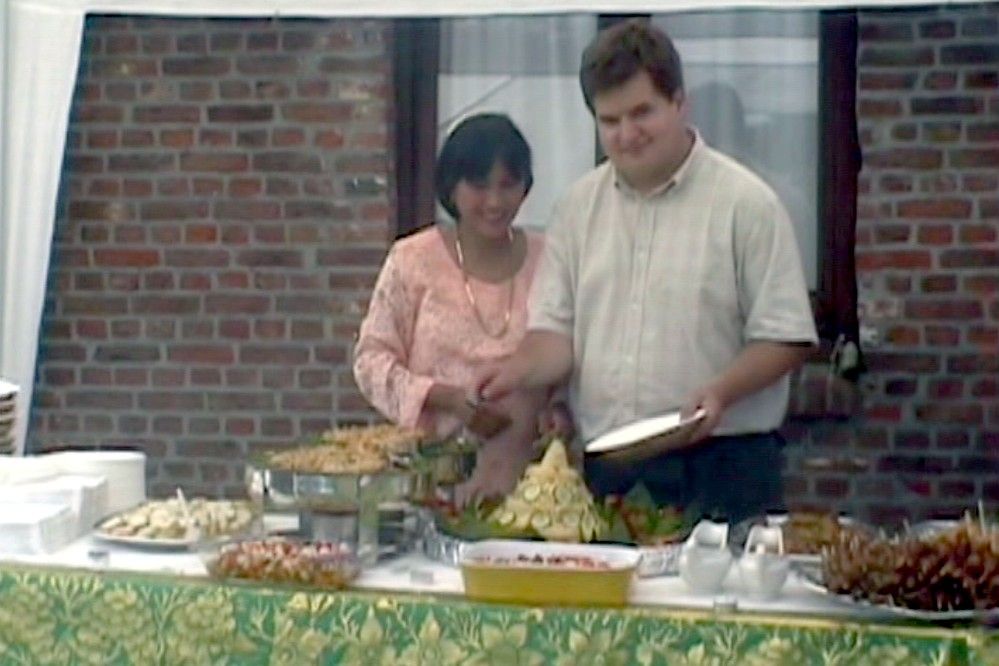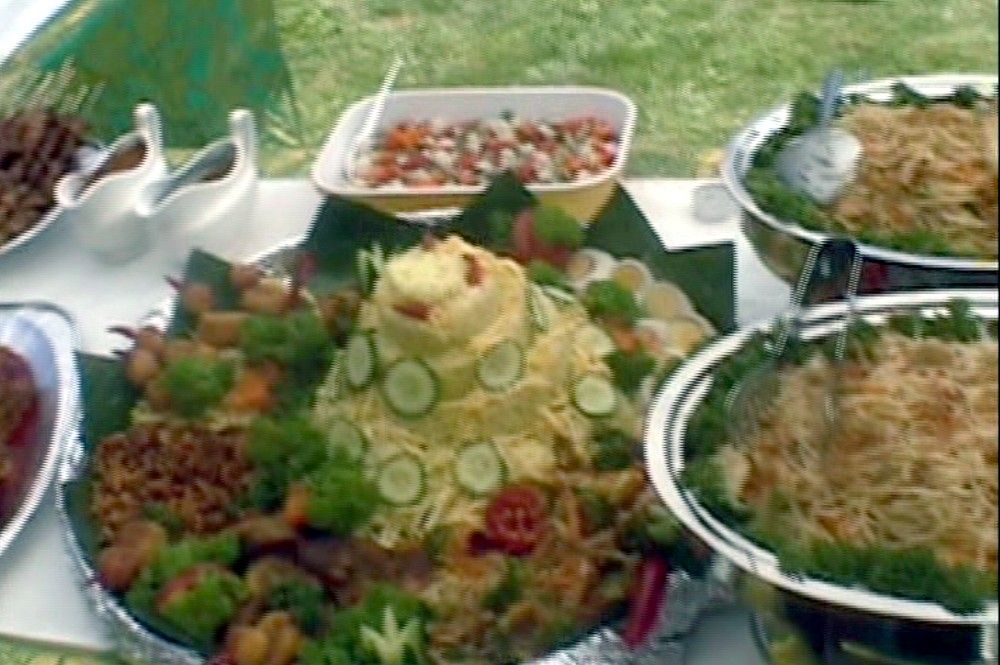Mitoni Ceremony: A Ritual for Seven Months of Pregnancy.
Tradition grows in line with the cultural progress of society. In Java, especially Yogyakarta and Central Java, all stages of human existence pass through slametan (a ritual held as a token of gratitude for surviving danger or bad luck and to ask divine blessing).
The Javanese culture indeed inculcates the community with the principle of golek slameting dhiri (pursuing safety in life and salvation of the soul hereafter), so that all forms of thanksgiving aim at personal, family and communal safety.
One of Javas traditional rites which still exist is mitoni, for the safe passage of a womans first seventh-month pregnancy.
The Javanese believe that a seven-month-old infant has got a soul, whose security should be celebrated. And the first child is said to bring good luck to the family and other siblings. Like other traditional ceremonies, Mitoni is practiced in different fashions in different regionalities, as the saying goes - so many places, so many customs. The outdoor ceremony symbolizes the common people humble attitude and their expression of gratitude to God. They belong to the lower class and live in simplicity, while only those of the royal family or nobility deserve indoor or court rituals.
Kenduri Ritual
It starts with a kenduri (ritual gathering with meals and religious prayers), attended by neighbors. Its leader sits cross-legged on a wooden pestle for pounding rice, representing the removal of evils and disasters, and the woman have a seat at the side of the gathering.
Among the uba rampe (offerings) served on the occasion are traditional snacks, red and white rice pudding (reflecting physical strength), and two yellow-hulled coconuts bearing the pictures of wayang (shadow puppet) figures, the famous pair Arjuna and Sumbadra.
MoreSungkeman Ritual
The new-to-become-mother shall greet her parents devotedly in a special way. She shall give Sungkeman or ngabekti to her parents.
It is a respectful greeting performed with the palms together, fingertips upwards while the two thumbs are touching the nose. The parents are sitting
like king and queen on a chair. The new-to-become-mother shall come forward and kneel to kiss the right knee of her mother and her father. Her nose touches
slightly the right knee, both her handpalms are on top of the knee. While doing this, she says:
"I give you my blessing, I kindly apologize for my mistakes and I request for your blessings."
Siraman Ritual
The Siraman tradition could take place either in the family bathroom or in a special place in the backyard of the house, specially designed for this purpose. Siraman is from the word siram which means to take a bath.
This holy bathing ritual in Mitoni is done to purify the would-be mother and the baby.
MoreOther Rituals
Brojolan:
Two young yellow gading coconuts (gading means ivory) are carved with drawings of God Kamajaya and Goddess Ratih.
The married couple should have also a faithful relation. The baby, a boy or a girl, shall be born safely and handsome as Kamajaya or beautiful
as Ratih.
Angrem:
It's a Javanese word for eggs hatching. The couple sits on the pile of batik cloths as if sitting on eggs, so that the baby should be delivered safely on
the proper time.
The Legend of this Ceremony
There was a couple, the husband was Ki Sedya and the wife was Niken Satingkeb. She had delivered 9 babies, but all of them could not live long time. The couple was very sad and went to their King. It was the wise and clever King Jayabaya who lived in the 11th century. Jayabaya gave the following fatherly advice to the couple:
The Offerings
Traditional sajen/offering is important in Javanese ritual.
